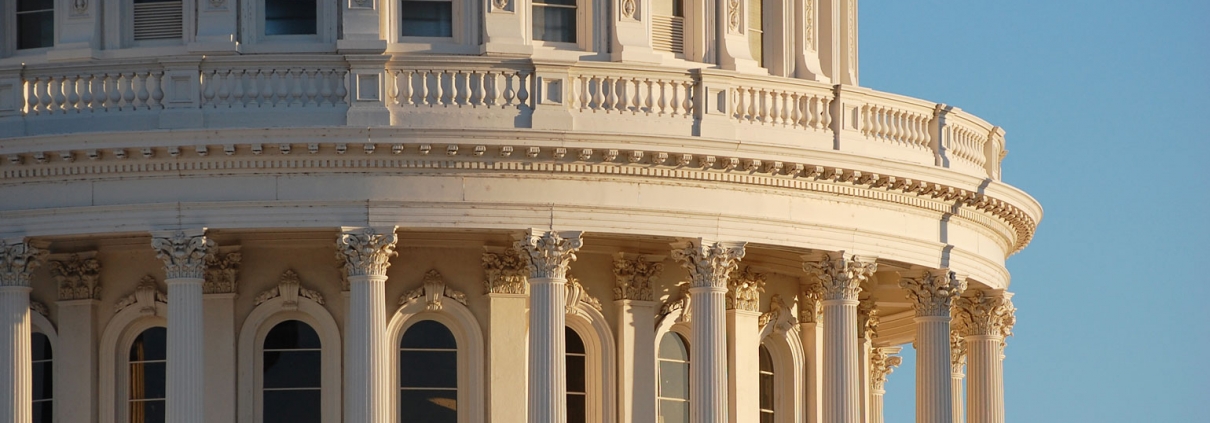2016 is another year where California businesses continue to suffer from ADA-related litigation in the state and federal courts.
As I have discussed before, the real problem with the ADA are some California-specific laws. Each year there are several efforts to curtail ADA abuse in California, but no meaningful relief has been delivered yet. Or has it?
SB 269 Was Just Signed Into Law
SB 269 is a law introduced by Senators Richard Roth and Andy Vidak. SB 269 makes certain changes to the Unruh Civil Rights Act, purportedly to help reduce the sting of ADA lawsuits on small businesses.
The bill was introduced February 29, 2016 and was ultimately signed into law by Governor Brown May 10, 2016. As an “urgency” bill, the new law takes effect immediately.
SB 269 Will Help With Lawsuits Over “Technical Violations” of the ADA
One major problem with ADA lawsuits in California is that they are often based upon very minor technical accessibility issues — think faded parking lot pain, incorrect sign placement, etc.
SB 269 states that a defendant will have 15 days to correct these technical violations from the date of the service of an ADA lawsuit or ADA violation notice. If these technical violations are corrected in the appropriate time, an ADA plaintiff will not be eligible for monetary damages.
The List of “Technical Violations” is Rather Short
SB 269 defines “technical violations” as the following:
- Interior signs, other than directional signs or signs that identify the location of accessible elements, facilities, or features, when all such elements, facilities or features are accessible.
- The lack of exterior signs, other than parking signs and, directional signs (including, signs that indicate the location of accessible pathways or entrance and exit doors when not all pathways, entrance and exit doors are accessible).
- The order in which parking signs are placed or the exact location or wording of parking signs, provided that the parking sign is clearly visible and indicates the location of accessible parking and van-accessible parking.
- The color of parking signs, provided that the color of the background contrasts with the color of the information on the sign.
- The color of parking lot striping, provided that it exists and provides sufficient contrast with the surface upon which it is applied is reasonably visible.
- Faded, chipped, damaged or deteriorated paint in otherwise fully compliant parking spaces and passenger access aisles in parking lots, provided that it indicates the required dimensions of a parking space or access aisle in a manner that is reasonably visible.
- The presence or condition of detectable warning surfaces on ramps, except where the ramp is part of a pedestrian path of travel that intersects with a vehicular lane or other hazardous area.
Don’t get me wrong — SB 269 is a good start. By eliminating the ability for ADA plaintiffs to claim $4,000 damages for items on the “technical violation” list, some California businesses should be able to get their property fixed and avoid expensive payouts if they are on the ball.
How SB 269 Could Have Been Better
The underlying premise of SB 269 is right on point: businesses should be granted a reasonable timeframe to bring their property into compliance once served with these shakedown lawsuits. If the business does not comply, then the ADA plaintiff should be allow to proceed with a case for money damages.
This bill is a step in the right direction. Unfortunately, I do not anticipate any bills that will tackle ADA/Unruh abuse being passed in California any time soon. This problem will persist until the Legislature listens to their constituents who continue to have to deal with these shakedown lawsuits.
Please contact my office at (916) 333-2222 if you have been served with an ADA lawsuit in California. My law firm can defend your business from start to finish and help you avoid future litigation as well.

